Filter by
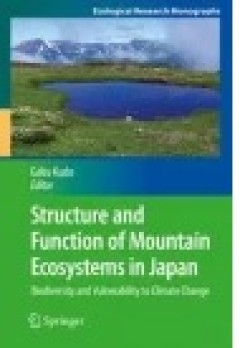
Structure and Function of Mountain Ecosystems in Japan
The purpose of this book is to summarize new insights on the structure and function of mountain ecosystems and to present evidence and perspectives on the impact of climate change on biodiversity. This volume describes overall features of high-mountain ecosystems in Japan, which are characterized by clear seasonality and snow-thawing dynamics. Individual chapters cover a variety of unique topic…
- Edition
- -
- ISBN/ISSN
- 978-4-431-55954-2
- Collation
- VII, 173
- Series Title
- -
- Call Number
- -
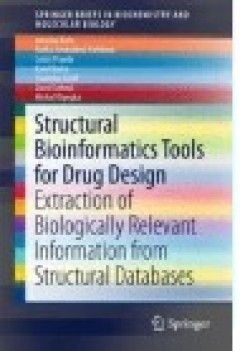
Structural Bioinformatics Tools for Drug Design
The book describes the individual steps necessary for biomacromolecular fragments analysis, as well as a list of essential software tools. For each step, it also shows corresponding web-based tools in detail and provides practical examples of their use.
- Edition
- -
- ISBN/ISSN
- 978-3-319-47388-8
- Collation
- -
- Series Title
- -
- Call Number
- -

Strong and Weak Topology Probed by Surface Science
Christian Pauly demonstrates the strong topological properties of the technologically relevant phase change materials Sb2Te3 and Ge2Sb2Te5 by using two powerful techniques for mapping the surface electronic structure: scanning tunneling spectroscopy (STS) and angle-resolved photoemission spectroscopy (ARPES). In the case of a phase change material, this opens up the possibility of switching bet…
- Edition
- -
- ISBN/ISSN
- 978-3-658-11811-2
- Collation
- -
- Series Title
- -
- Call Number
- -
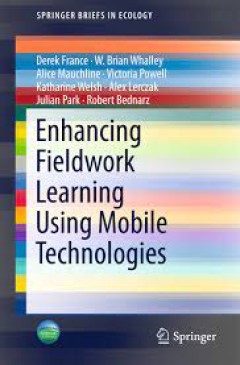
Enhancing Fieldwork Learning Using Mobile Technologies
This book shows how tablets (and smartphones) using a variety of selected ‘apps’, can enhance fieldwork and other out-of-classroom activities. The authors review imaginative uses of tablets from their own project and as well as examples from other colleagues. To help readers keep abreast of new technology and innovative ways to use it, the book is supported by a web site and a social media …
- Edition
- -
- ISBN/ISSN
- 978-3-319-20967-8
- Collation
- 3 b/w illustrations, 24 illustrations in colour
- Series Title
- -
- Call Number
- -
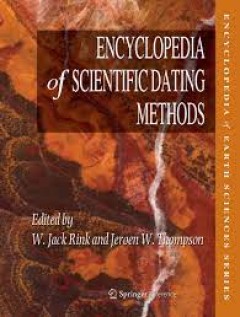
Encyclopedia of Scientific Dating Methods
This volume provides an overview of (1) the physical and chemical foundations of dating methods and (2) the applications of dating methods in the geological sciences, biology, and archaeology, in almost 200 articles from over 200 international authors. It will serve as the most comprehensive treatise on widely accepted dating methods in the earth sciences and related fields. No other volume has…
- Edition
- -
- ISBN/ISSN
- 978-94-007-6304-3
- Collation
- 115 b/w illustrations, 260 illustrations in colour
- Series Title
- -
- Call Number
- -
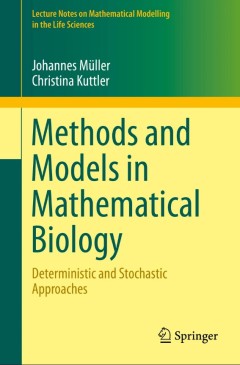
Methods and Models in Mathematical Biology
This book developed from classes in mathematical biology taught by the authors over several years at the Technische Universität München. The main themes are modeling principles, mathematical principles for the analysis of these models and model-based analysis of data. The key topics of modern biomathematics are covered: ecology, epidemiology, biochemistry, regulatory networks, neuronal networ…
- Edition
- 1
- ISBN/ISSN
- 978-3-642-27250-9
- Collation
- XIII, 711
- Series Title
- Lecture Notes on Mathematical Modelling in the Life Sciences
- Call Number
- -
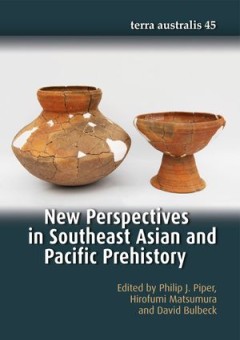
New Perspectives in Southeast Asian and Pacific Prehistory
This volume brings together a diversity of international scholars, unified in the theme of expanding scientific knowledge about humanity’s past in the Asia-Pacific region. The contents in total encompass a deep time range, concerning the origins and dispersals of anatomically modern humans, the lifestyles of Pleistocene and early Holocene Palaeolithic hunter-gatherers, the emergence of Neolit…
- Edition
- -
- ISBN/ISSN
- -
- Collation
- -
- Series Title
- -
- Call Number
- 400 NEW n

Rethinking Interdisciplinarity across the Social Sciences and Neurosciences
This book offers a provocative account of interdisciplinary research across the neurosciences, social sciences and humanities. Setting itself against standard accounts of interdisciplinary 'integration,' and rooting itself in the authors' own experiences, the book establishes a radical agenda for collaboration across these disciplines. Rethinking Interdisciplinarity does not merely advocate int…
- Edition
- -
- ISBN/ISSN
- 9781137407955
- Collation
- -
- Series Title
- -
- Call Number
- 306.4 CAL r
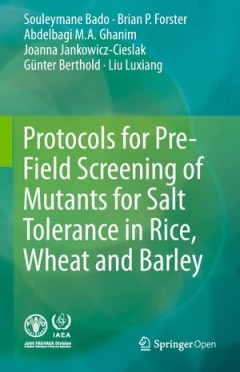
Protocols for Pre-Field Screening of Mutants for Salt Tolerance in Rice, Whea…
Agriculture; Plant
- Edition
- -
- ISBN/ISSN
- 9783319607139
- Collation
- -
- Series Title
- -
- Call Number
- -
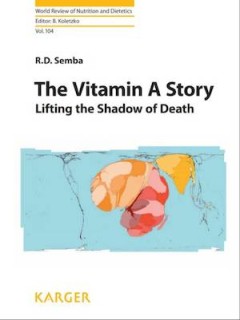
The Vitamin A Story : Lifting the Shadow of Death
This book shows how vitamin A deficiency – before the vitamin was known to scientists – affected millions of people throughout history. It is a story of sailors and soldiers, penniless mothers, orphaned infants, and young children left susceptible to blindness and fatal infections. We also glimpse the fortunate ones who, with ample vitamin A-rich food, escaped this elusive stalker…
- Edition
- -
- ISBN/ISSN
- 9783318021882
- Collation
- -
- Series Title
- -
- Call Number
- -
 Computer Science, Information & General Works
Computer Science, Information & General Works  Philosophy & Psychology
Philosophy & Psychology  Religion
Religion  Social Sciences
Social Sciences  Language
Language  Pure Science
Pure Science  Applied Sciences
Applied Sciences  Art & Recreation
Art & Recreation  Literature
Literature  History & Geography
History & Geography